C.A.C.A. Supports the Protests – Feb. 18, 2016
Portland, OR Protest @ Pioneer Square – Feb. 20. 2016
New York Post article on Scapegoating — Feb. 25, 2016

Jan V. and I met for lunch today at Chinese Delicacy. We got there just after noon, and there was ample seating (unlike Chen’s Good Taste in Chinatown where we must arrive by 11:45am, else face a waiting line). I’ll use Jan’s rating system:
1 = Poor, won’t order again
2 = Average, would not make a special trip for
3 = Good, and worth making a trip to have again
4 = The best, cannot imagine better
We had: Spicy pigs ear appetizer. Surprised it arrived in plastic container, but handy for leftovers. Jan = 2 (not had pigs ear before). John = 2.5.
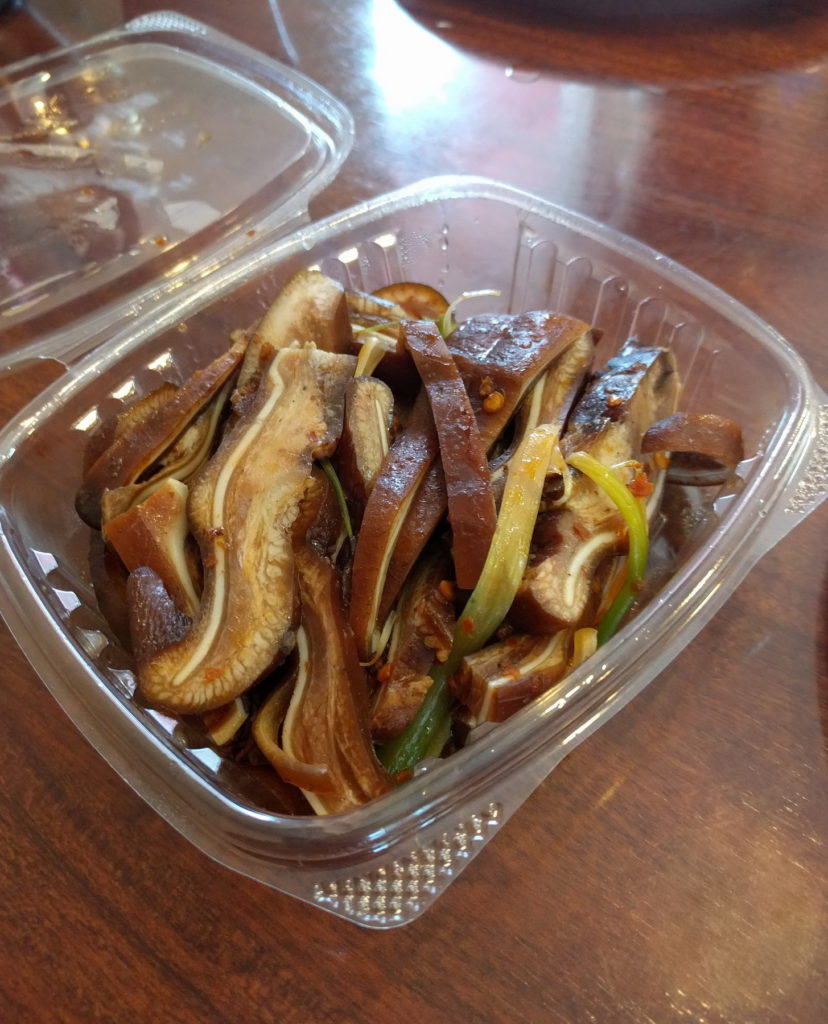
Pork dumplings. Jan = 3.5! He will definitely come back; likes the abundant meat filling. John = 2 Overly salty (prefer more veggies)
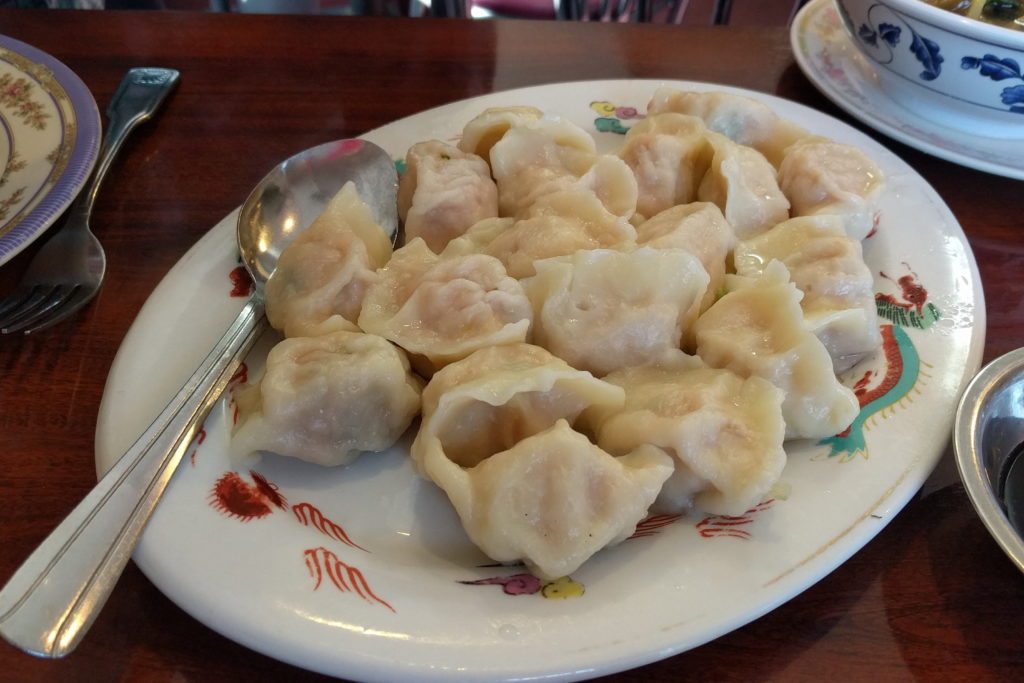
Shredded Pork with snow cabbage noodle soup. By the way, this is half an order. Server split the order into two bowls for us. This was plenty for me. Jan = 2, found it bland. John = 3, found flavors balanced, not overly salty as soups can be. The noodles were excellent. Do not know why they call this shredded pork, as it is more sliced pork.
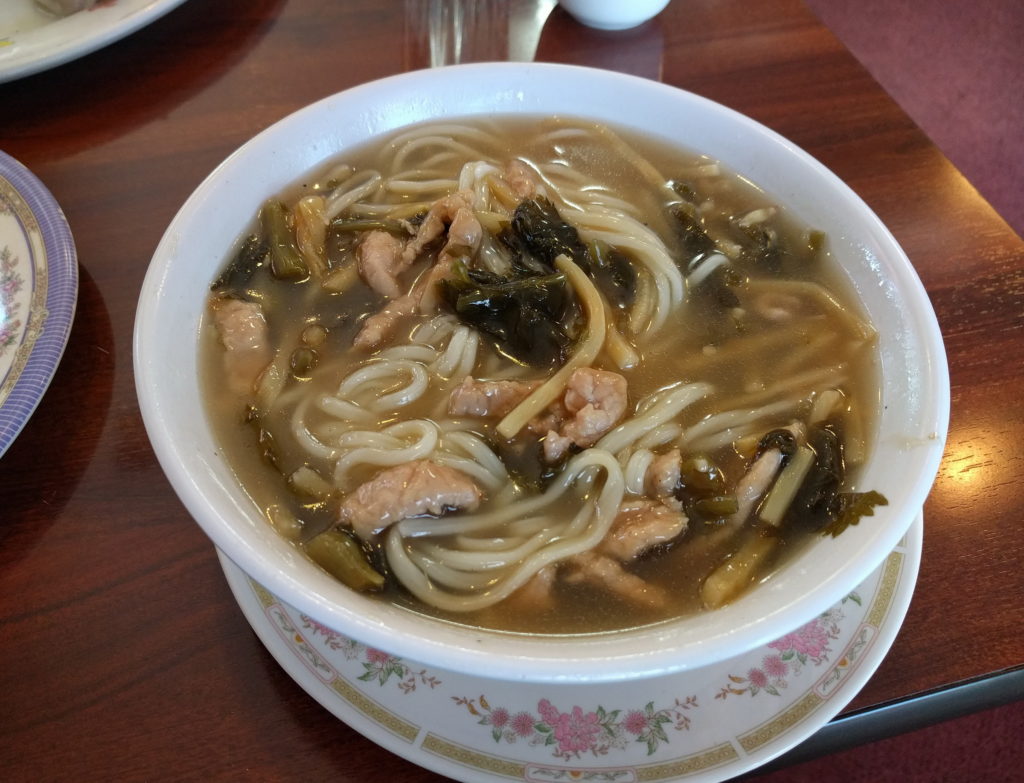
Overall, 3, we will come back for reasonably priced, comfort food at Chinese Delicacy.

From the Guardian:
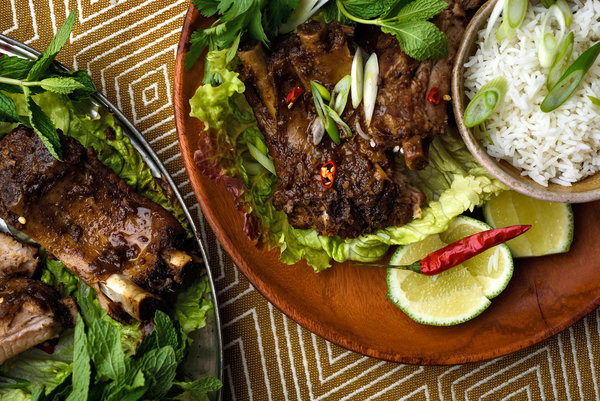
By DAVID TANIS FEB. 12, 2016
I love pork ribs, but when it comes to how best to cook them, I don’t necessarily take the expected approach.
Not all ribs must be baked or grilled or smoked. I have nothing against a good dry rub or barbecue sauce — they have their place. But the Vietnamese method of braising ribs to succulence is one well worth considering.
I learned this technique in Vietnam from a chef I met, who used it for larger pork cuts, like shoulder or belly. The meat is first bathed in a fragrant wet marinade, perfumed with lemongrass, garlic, ginger, shallots, fish sauce, sugar and five-spice powder. This traditional Vietnamese seasoning is praiseworthy for its perfect balance of salt, spice and sweetness. Five-spice powder (a mixture of fennel, star anise, cloves, cinnamon and Sichuan pepper) is essential — it adds aromatic complexity almost instantly.
In Vietnam, you must get to the market early if you want to buy meat. One memorable market I visited was run by deft, take-charge, bossy lady butchers. They had every cut of pork, from snout to tail, all broken down with big cleavers and spread out on an oilcloth-covered table.
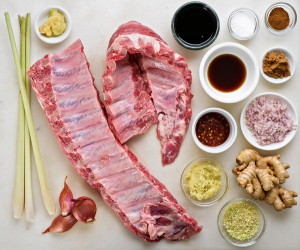
Business was brisk. It was common knowledge that if you didn’t get there by 10 a.m., all the meat would be gone, perhaps already in somebody’s pot, cooking away. There was no real need for refrigeration. More freshly slaughtered meat would be brought in the following day.
My chef friend browned the seasoned meat in a large wok, then added the remaining marinade and a few cups of water. Leaving the lid slightly ajar, he simmered the pork slowly to utter tenderness. It was then ready to be sliced and added to noodles or other dishes. (Stored in its cooking broth, it develops even more flavor.)
Back home, I made a version of this dish for friends using baby back ribs. Instead of wok-braising on the stovetop, I decided to cook them in the oven slowly, in a tightly covered baking dish, for almost two hours. I held off on browning until the end, which I accomplished by simply removing the cover and allowing the ribs to caramelize.
The pan juices, defatted and reduced slightly, are delicious spooned on top of the ribs, along with steamed rice and an abundance of fresh herbs: cilantro, mint, scallions, basil.
And to Drink …
These ribs, with their spicy, herbal, slightly sweet marinade, call for a wine that will reflect and amplify those flavors without dulling or overpowering them. That means an aromatic, balanced white with lively acidity; herbal, floral flavors and no oak. I think first of a dry riesling, either from Germany or one of the lighter Austrian versions, which should pair beautifully with these ribs. Likewise, an herbal, peppery grüner veltliner, also from Austria, would be an excellent accompaniment. I would also consider the constellation of restrained sauvignon blancs from the Loire Valley, and perhaps even a pinot blanc from Alsace or Austria. Don’t despair if you prefer a red. A bright young cabernet franc from the Loire would be delicious, as would any good Beaujolais. ERIC ASIMOV
INGREDIENTS
o
PREPARATION